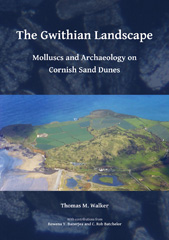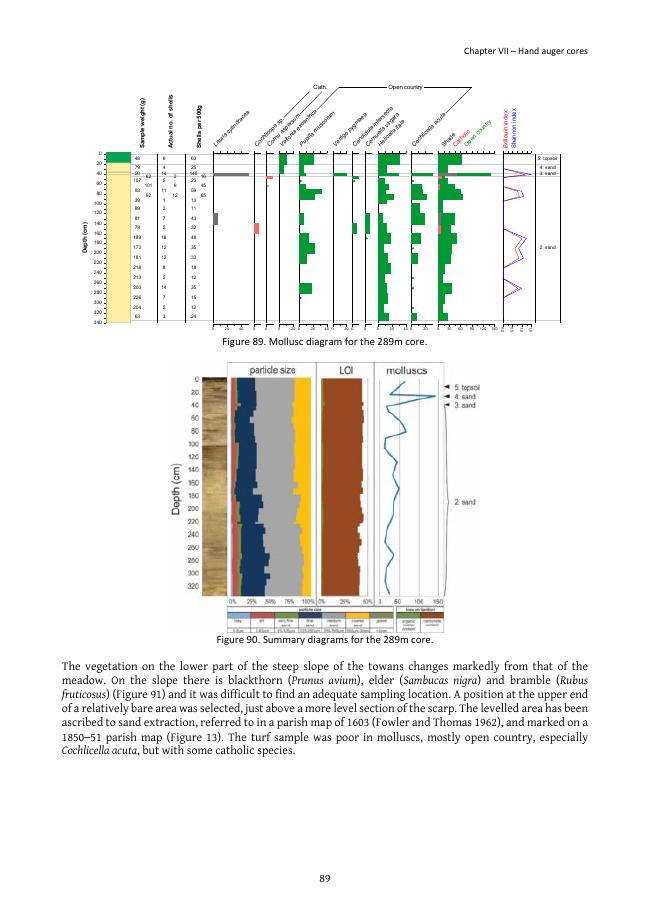2018 - Archaeopress Publishing
E-book
Versione Digitale
Download | Copia/incolla | Stampa
The Gwithian Landscape : Molluscs and Archaeology on Cornish Sand Dunes
210 p.
- Gwithian, on the north coast of Cornwall, is a multiperiod archaeological site. Excavations by Charles Thomas in the mid-twentieth century provided evidence of human activity from the Mesolithic to the post-medieval period. The present work explores the palaeoenvironment of the area around the settlement sites, from the Neolithic, when sand dunes initially developed in the Red River valley, to the present post-industrial landscape. Multiproxy analyses on sediments from coring, a test pit and mollusc columns provide a view of the changing landscape and how it may have influenced, or been influenced by, human presence and settlement. Mollusc studies are used as the principal analytical method. Multiple radiocarbon and optically stimulated luminesce dates permit these changes to be studied on a tighter time frame than was previously possible. Mining activity from the Bronze Age to the present is explored using fine-resolution geochemistry. Dating allows the timing of the extinction and introduction of some mollu
- sc species to be refined. [Publisher's text].
-
Informazioni
ISBN: 9781784918040
MATERIE
PAROLE CHIAVE
- Cornwall, Archaeology, Palaeoenvironmental studies, Landscape archaeology, prehistory, molluscs, British archaeology, Multiperiod



